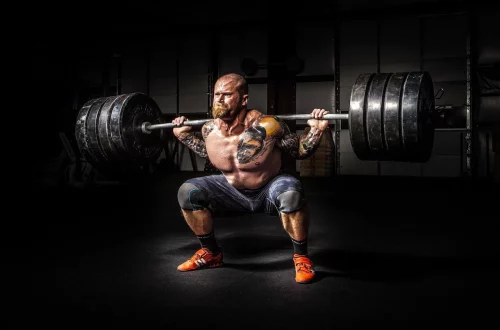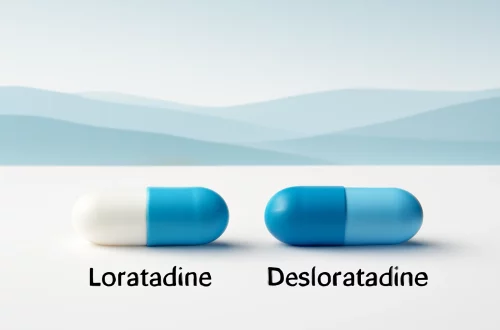
Understanding the Impact of Asian Facial Abuse in Society Today
The social dynamics surrounding beauty standards and facial aesthetics have evolved significantly over the years, particularly in Asian cultures. These standards often shape perceptions and influence the behaviors of individuals in various ways. Beauty ideals not only affect self-esteem and mental health but also impact social interactions, job opportunities, and personal relationships. As globalization increases, the influence of Western beauty norms infiltrates traditional Asian perspectives, creating a complex interplay of cultural values and modern expectations.
In many societies, particularly in Asia, facial features and skin tone are often seen as determinants of one’s worth. This phenomenon can lead to various societal pressures that provoke individuals to engage in practices aimed at altering their appearance. The ramifications of such pressures can be seen in the widespread acceptance of cosmetic procedures, skin whitening products, and the promotion of specific beauty standards that may not align with an individual’s natural appearance. Understanding the implications of these practices is crucial for grasping the broader social context and the psychological effects they can engender.
Furthermore, the dialogue surrounding Asian facial aesthetics and the associated pressures must be approached with sensitivity and awareness of the cultural nuances involved. As we delve deeper into this topic, it becomes imperative to explore the historical roots, current trends, and the potential consequences of these societal expectations on individuals and communities.
The Historical Context of Beauty Standards in Asia
Beauty standards in Asia have long been influenced by a myriad of factors, including historical, cultural, and socio-economic conditions. For centuries, various dynasties and empires in Asia have established distinct criteria for beauty that often reflect the values and beliefs of their time. In ancient China, for instance, fair skin was associated with nobility and privilege, as it indicated a life free from labor in the fields. This preference for lighter skin tones can still be observed today, with many individuals seeking skin whitening products as a means of conforming to this longstanding ideal.
In Japan, the Geisha culture has historically celebrated specific facial features and styles, emphasizing the importance of aesthetic presentation. The art of “kawaii,” or cuteness, has also emerged as a defining characteristic of beauty in contemporary Japanese society, influencing trends in fashion, cosmetics, and even behavior. These historical contexts highlight how deeply entrenched beauty ideals are in cultural narratives, shaping not only personal identities but also community dynamics.
Moreover, the advent of globalization has further complicated the narrative surrounding beauty standards in Asia. The influx of Western beauty ideals has led to a blending of cultural aesthetics, often resulting in a confusing array of expectations. This fusion can create a sense of inadequacy among individuals who feel they do not meet these evolving standards, leading to an increase in cosmetic surgeries and beauty enhancements as a way to bridge the gap.
In understanding the historical context of beauty standards, it is essential to recognize the societal pressures that have shaped individuals’ perceptions of themselves and others. By examining these cultural narratives, we can gain a deeper appreciation for the complexities surrounding Asian facial aesthetics today.
The Influence of Media and Technology on Beauty Perceptions
The role of media and technology in shaping beauty perceptions cannot be overstated. With the rise of social media platforms, individuals are constantly bombarded with images of idealized beauty that can distort their self-image. Influencers, celebrities, and even peers often present a curated version of reality, promoting specific looks and trends that can lead to unrealistic expectations for the average person.
In many Asian countries, the influence of K-pop and J-pop stars has significantly impacted beauty standards. These idols often embody the idealized features that many aspire to achieve, such as flawless skin, specific facial structures, and certain body types. The prevalence of filtered images and photo editing further exacerbates these issues, creating an unattainable standard that can lead to feelings of inadequacy among followers.
Moreover, the accessibility of cosmetic procedures has increased dramatically, driven by social media trends and the normalization of beauty enhancements. The popularity of cosmetic surgery clinics and beauty influencers promoting these practices can create a perception that altering one’s appearance is not only acceptable but necessary to fit in. This normalization can pressure individuals into making decisions about their bodies based on external validation rather than personal choice.
The psychological impact of these media portrayals can be profound. Many individuals experience body dissatisfaction, leading to a range of mental health issues such as anxiety and depression. The constant comparison to idealized images can hinder self-acceptance and foster a culture of insecurity. Recognizing the influence of media and technology is crucial in addressing the negative effects of beauty pressures and promoting a more inclusive definition of beauty that values diversity and authenticity.
The Social Consequences of Beauty Standards
The societal implications of rigid beauty standards are far-reaching and can manifest in various aspects of life, including employment opportunities, social interactions, and personal relationships. Research has shown that individuals who conform to prevailing beauty norms often experience advantages in hiring practices, promotions, and social acceptance. This bias can lead to systemic issues within workplaces and communities, where appearance becomes a determining factor in an individual’s success.
In job interviews, for instance, candidates who embody the desired aesthetic may be perceived as more competent or capable, regardless of their actual qualifications. This bias can perpetuate a cycle where those who do not conform to beauty ideals face discrimination and limited opportunities, further entrenching societal inequalities.
Additionally, the pressure to conform to beauty standards can strain personal relationships. Individuals may feel compelled to alter their appearance to gain acceptance or approval from friends, family, or romantic partners. This external validation can overshadow genuine connections and lead to superficial interactions based on appearance rather than personality or shared values.
Furthermore, the internalization of beauty standards can foster a culture of competition among individuals, particularly women, who may feel pitted against one another in a quest for approval. This competitive mentality can hinder collaboration and mutual support, creating divisions within communities that should ideally be characterized by solidarity and empowerment.
Addressing the social consequences of beauty standards requires a collective effort to challenge and redefine what beauty means. By promoting inclusivity and celebrating diverse representations of beauty, society can begin to dismantle the harmful stereotypes and biases that limit individuals based on their appearance.
Moving Towards a More Inclusive Definition of Beauty
In recent years, there has been a growing movement towards redefining beauty standards to be more inclusive and representative of diverse identities. This shift is encouraging individuals to embrace their unique features and challenge the conventional norms that have long dictated societal perceptions of beauty.
The rise of body positivity and diversity movements has played a significant role in this transformation. Activists and influencers are advocating for a broader definition of beauty that encompasses various skin tones, body types, and facial features. By sharing personal stories and showcasing authentic representations of beauty, these movements are empowering individuals to reject narrow beauty ideals and embrace self-acceptance.
Moreover, brands and businesses are beginning to take notice of this shift in consumer demand. More companies are prioritizing diversity in their marketing strategies, featuring models of varying sizes, ethnicities, and backgrounds in their campaigns. This change signals a growing recognition that beauty is not monolithic but a spectrum that should be celebrated in all its forms.
Education also plays a crucial role in fostering a more inclusive understanding of beauty. By promoting discussions around beauty standards in schools and communities, individuals can develop critical thinking skills that challenge societal norms. Encouraging young people to appreciate diversity and recognize the harmful effects of comparison can help cultivate a more positive self-image and promote mental well-being.
Ultimately, moving towards a more inclusive definition of beauty requires a collective commitment to embrace diversity, challenge stereotypes, and foster a culture of acceptance. By doing so, society can create an environment where individuals feel valued for who they are rather than how closely they conform to prevailing beauty standards.
In conclusion, the impact of Asian facial abuse in society today is a multifaceted issue that encompasses historical context, media influence, social consequences, and the ongoing movement towards inclusivity. Understanding these dynamics is crucial in addressing the pressures individuals face and promoting a healthier, more accepting approach to beauty.
**Disclaimer:** This article is for informational purposes only and does not constitute medical advice. For health concerns or medical questions, please consult a qualified healthcare professional.




